Play allows participants to step outside of themselves and act or think differently than they might normally. One participant remarked that the drama increased their attention to, and retention of, information.
Human impacts on the environment are no joke, and climate change is one of the biggest challenges facing humanity. So, Environmental Education (EE) is serious business. Given the context, it is understandable that EE is usually communicated to adults through serious methods of communication such as lectures, information sessions, and pamphlets. But are these the only tools available? As an Applied Theater practitioner, I see many opportunities for using theatrical tools to create highly engaging experiences that both educate and delight adult participants. While the needs (and impacts) of EE are serious, I argue that bringing fun and play into EE can offer new modes of engaging with the material and potentially reach a wider variety of people.
This essay is based on a Masters Thesis. See the whole thesis here.
I was given the opportunity to test out a play-based approach to EE from June 2022 – June 2023, as a resident artist with the Urban Field Station. The residency connected me with several smart and generous scientist collaborators with whom I was to collaborate. At the same time, I was completing my Master’s degree in Applied Theater, a field that lives at the intersection of theater, activism, and education. Applied Theater is used most often in schools, museums, and other institutions, but can be used in any location where people can gather. I hadn’t seen a lot of Applied Theater used to teach EE, and for the residency, I wanted to examine how our techniques could be used to increase ecological knowledge and activate community engagement for adults. After all, theatrical productions have long been used to raise awareness around environmental issues. Why not something more hands-on and education-focused that took theater out of traditional theatrical spaces and into nature?
The Urban Field Station residency is highly collaborative, and as the residency began, I started meeting both online and in-person with my scientist colleagues. I wasn’t sure what I wanted to create, although I thought it would likely be about stewardship and care. Due to the collaborative nature of the residency, I hoped that we could create something that was exciting and interesting to all of us. The first lightbulb moment in our conversations came when I suggested creating something “fun,” and there was an immediate, enthusiastic response (I’m also a clown, so this wasn’t a huge leap for me). We collectively became excited about creating something that inspired a sense of joy, play, and exploration around the theme of stewardship. I was especially inspired by a conversation with one scientist who described the difficulty of recruiting community members to the stewardship program. I decided that I wanted to build something that NYC Parks could use to help activate communities in the stewardship of their local green spaces. The focus would be on exploring the potential for dramatic play to increase awareness of, and engagement with, stewardship of natural areas.
The focus of the project would be on reaching adults. This was partly because adults are most frequently involved in stewardship, and partly because I was interested in creating something for adults that was fun and play-based. After all, how often do you play as an adult? How often do you get to use your imagination, or pretend to be someone else? If you’re like me, the answer is not very often. After all, adults are supposed to be serious, not playful. Play is for children, and we are only allowed to do so within certain parameters: board games, sports, perhaps a role-playing game. This feels especially true for a field like science, with its focus on research and objectivity, but I think that play is undervalued. By doing so, we are ignoring an incredibly potent form of education for all ages.
Although it might be unpopular, from an educational perspective playing can be a wonderful way to learn. Play is fun, which means that engagement tends to be high. Play is effective for different types of learners. People process information in different ways, and play offers many modes of engagement, such as visual, auditory, kinesthetic, and interpersonal. Play also creates the opportunity for debate, decision-making, and action, all within a safe container of make-believe. Moving between these states of action and reflection allows rich space for cognition and learning. By building this project, I hoped to give participants the space to learn and create new meanings.
Drawing from a few different Applied Theater methodologies, my resulting project was an interactive theater piece that took the form of a scavenger hunt. With myself as the facilitator, participants were guided through an exploration of a park while solving a mystery. Upon arriving, they were told that a bag had been left behind in the park and that they needed to help find the owner by examining articles in the bag. Through following clues based on the person’s possessions, participants were led to discover that the owner was a volunteer steward with NYC Parks. After reuniting the “steward” with their bag (played by either another trained facilitator or a real-life steward), they were encouraged to ask them about their stewardship activities, discovering both why someone might choose to be a steward, and how to become involved. The session ended with an art-making activity, inviting participants to create envelopes of seeds for someone in their life that they would like to invite to be their “planting buddy”, a moment for personal reflection. The whole experience aimed to educate participants about how, and why, stewards care for green spaces in New York City. I hoped to raise awareness and encourage volunteer activities, while at the same time providing an enjoyable experience to my adult participants.
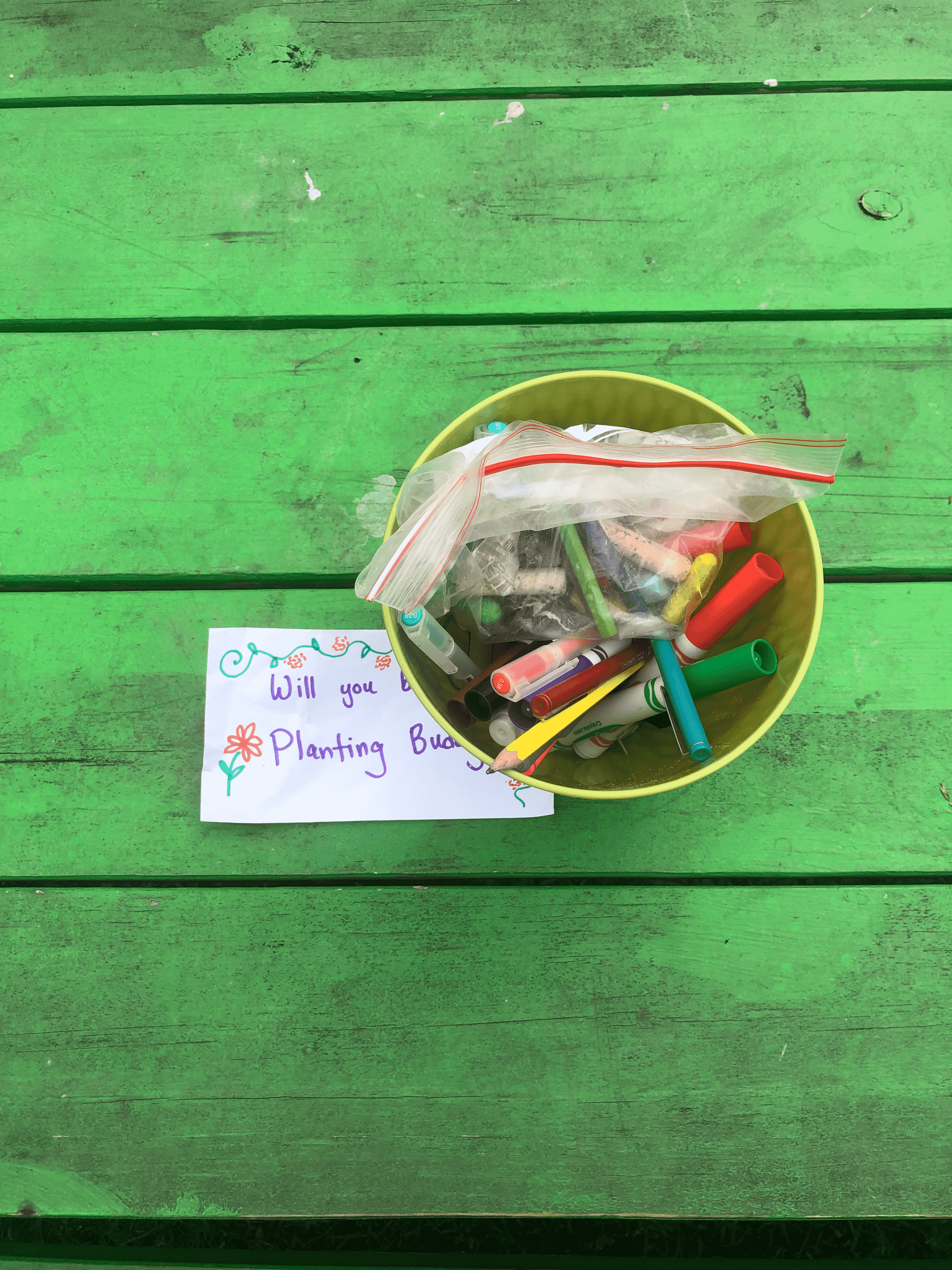
I led three implementations of my project across two different parks. Since NYC Parks and their stewards care for such a huge range of green areas, I felt strongly that I wanted to build something that could be used across multiple parks. I also wanted to test it across a few groups of people. Session One was for the Stewardship team of NYC Parks and took place in Central Park after I accepted the invitation to join them in early March during a scheduled training. The second session was part of a quarterly series of events run by Urban Field Station and attendees included artists, invited guests, and scientists, while the third session was for a group of nine students and their professor from a private university in Brooklyn, New York, who were taking a course exploring socio-ecological practice. The latter two sessions took place in Socrates Sculpture Park in Astoria, Queens. Socrates is my local park, and I was particularly interested in how people engage in stewardship near their homes.
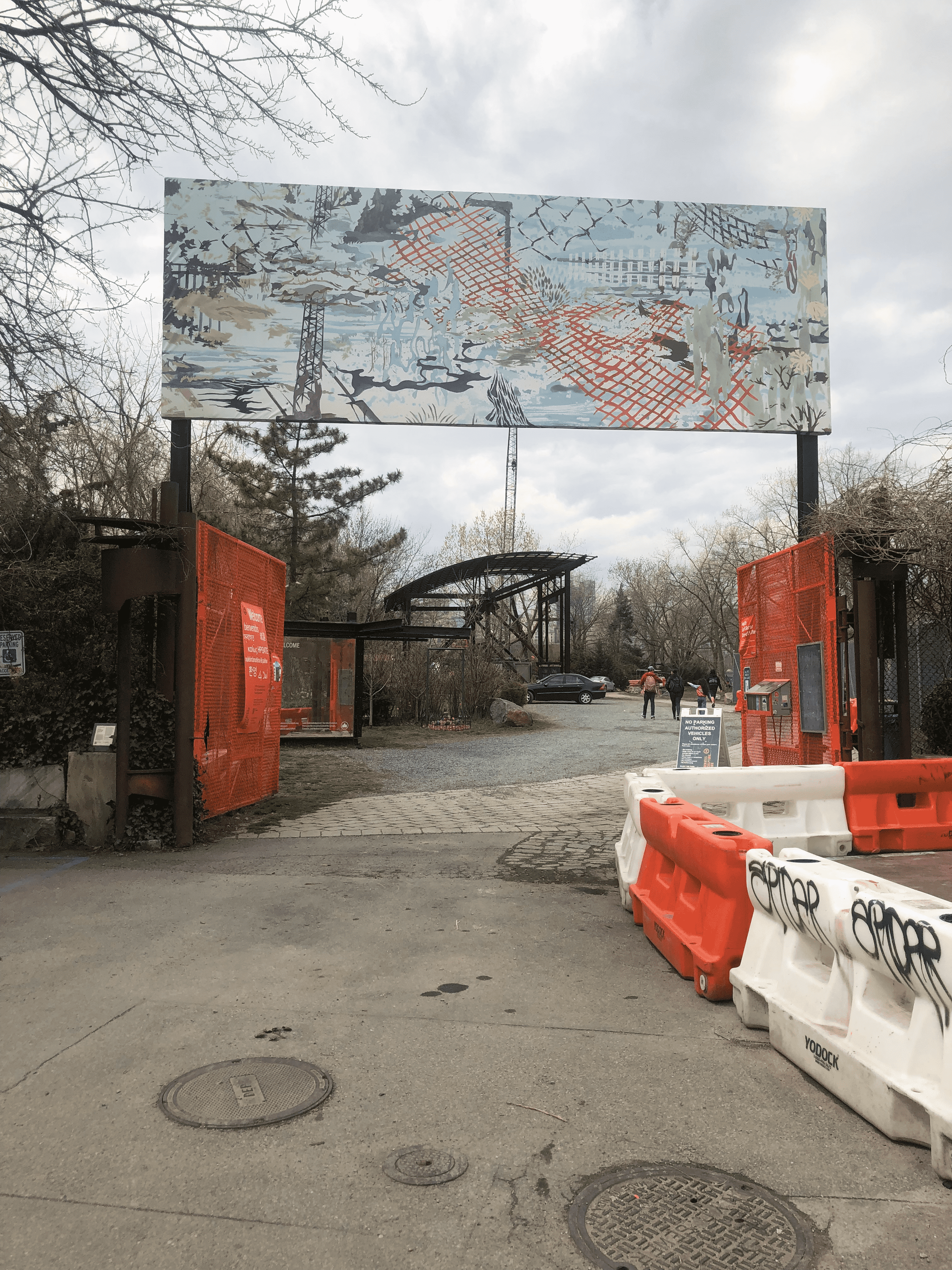
What did this “play” approach achieve? For one, a high level of enjoyment for participants. Across all three sessions, I observed a lot of laughter and enjoyment as we completed the scavenger hunt, including delight at discovering new clues and marked enthusiasm to visit each new location. In the reflection and art-making time at the end of each session, multiple people spoke about how fun the experience was. Some reported feeling a higher level of engagement than in a more conventional, lecture-based approach. There were multiple comments on how childlike (in a good sense) or playful the experience felt, with participants reflecting on how unique it felt to play and make art as an adult. Another remarked that their session felt alive and embraced by both them and by the other participants.
Engaging in dramatic activity changed participants’ perspective on how they took part in the sessions. One participant in session three remarked that the drama increased their attention to, and retention of, information. Other participants described entering a new, observational mode while looking for clues; enjoying the observant aspects of the session; and being continually surprised by the directions the session went in. All these comments pointed to heightened engagement within the drama. One participant described the play-based approach as being more inspiring and interesting than other educational approaches that they had experienced in the past.
Play also allows participants to step outside of themselves and act or think differently than they might normally. These sessions placed participants into an investigative or detective-like role. They became detectives solving a mystery, with some participants noting that they were behaving in ways that they wouldn’t normally, especially around the heightened level of engagement (noted above) and their vested interest in returning a stranger’s bag. It also meant that in the second part of the session, where participants “met” the owner of the bag, they could ask questions not quite as themselves, but rather as a “member of the public” who had found, and returned, the person’s bag. When you’re not yourself and playing a role it can feel easier to ask “stupid” questions or to not know something that you think you might know.
From this first project, and its subsequent analysis, I believe that a play-based approach has many benefits for EE and that Applied Theater, with its long history of creative education and its many techniques and forms, is a field that has many tools to offer. A collaborative approach to creating projects is likely to be particularly effective, drawing upon the knowledge of both scientists and Applied Theater practitioners. Not only were my scientist colleagues instrumental in the development of the idea and its application, but each subsequent session changed and improved as I incorporated their feedback. An interdisciplinary development takes advantage of everyone’s expertise.
As I continue to develop this project and others, I plan to keep play at the center. I’ve seen for myself how satisfying and engaging this approach can be for participants and had positive responses and interest from scientists. While using play might not be common, it is certainly fun, and in a time of crisis, we need all the tools that we have at our disposal. While the environmental issues we face are serious, the approach can be playful. Perhaps it should be.
Ania Upstill
New York City


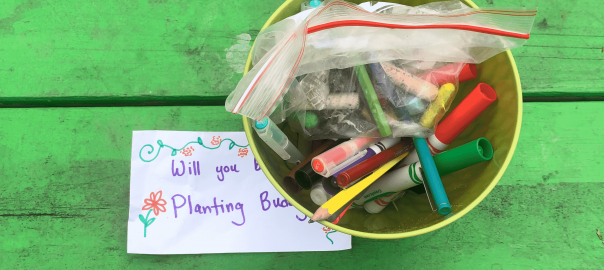
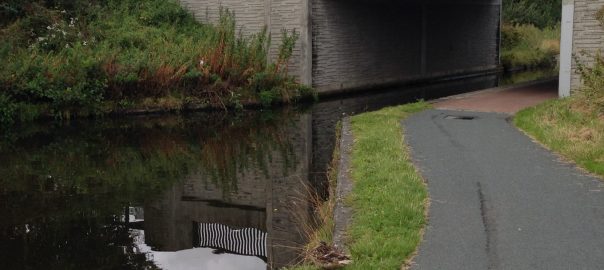
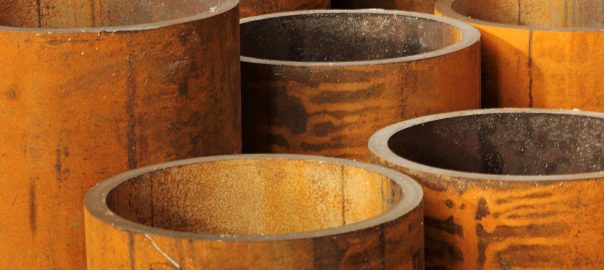
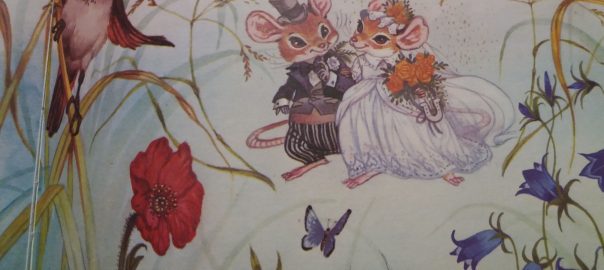
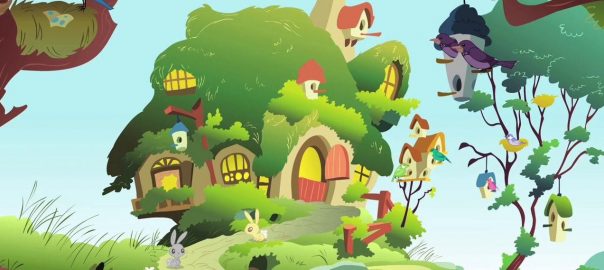
Leave a Reply